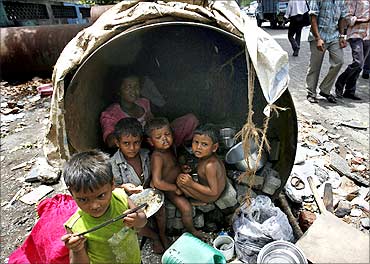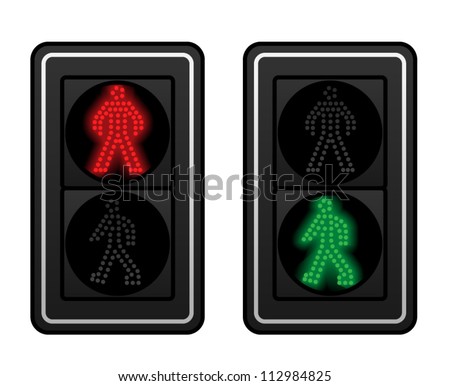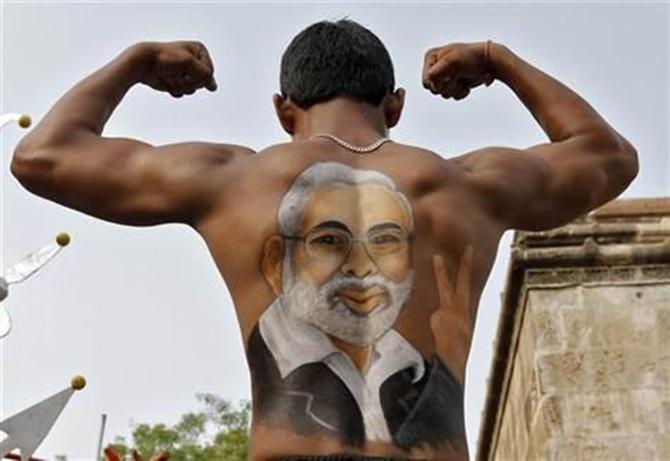Children in traditional India lead more
sheltered lives than their counterparts elsewhere. Helicopter parents
control the purse strings and their lives. It is social duty to do so,
because they are judged by their children’s achievements. But family structure
is rapidly changing in today’s India, and so must the social attitudes.
Education is priority over everything else. The family’s social recognition depends upon results -
how the children do in the high school Board Exams, in college, in university
and so on. The parents want their children to go up in the world, hence, the proper
exposure is of paramount important. From middle school itself, extracurricular
activities or vacations are sacrificed for coaching classes to prepare
the children for the next step in life. There is no let up to keeping noses to
the grindstone. It is for their good they are told, for their future.
A teenager, Runu, stands on this threshold. Much time is spent in weighing the pros and cons of the different institutions. On the one hand, there is a far-away governmental institution, where costs are subsidized. For the adolescent, it is opportunity to be free of parental supervisions. On the other hand, staying in the city brings down establishment costs, but extends the parental watch. And it means attendance at a more expensive private institution; hence more strain on parental resources, because the children are still economically dependent.
The immediate family and the social circle of involved relatives and friends agonize over the course of action for college admissions, reminiscent of the joint family structure of days gone by in India. Where siblings and cousins were brought up together, with several generations living under the same roof, it was not customary for the individual to think or act independently.
Westernization and the partition of the country destroyed
the joint family social unit, and instead, small, independent nuclear units
became standard. The circle of people involved in decision-making became
smaller, restricted to parents and their children. However, older age groups
sometimes behave as though the traditional collectivism continues, whereby
somebody’s business is everybody’s business.
In my opinion, young people need to make their own choice
in the matter of their future. Runu should not feel pushed to live out
somebody else’s dream, and later blame them for it. He needs to discover what
his aptitude and interest pointed to, and state them clearly. I insist to his
parents that they let him do so and support him to their best ability, and not
the other way around. My input bases on the experience of another family,
traumatized by change.
The new family unit then is becoming parent-and-child/children,
and the parent mostly, is the mother. A matrimonial bond is traditionally
supposed to last seven lifetimes; hence a fragmentary family is an affront
to social attitudes, and bias is clear. Social sympathy sides with the man, and
the social circle is more concerned with his needs. The woman is
generally blamed for the failure; kinship support deserts her. The
responsibility of child upbringing remains hers, nevertheless.
Shibani is such a single mother and Santanu, her only son.
Since she is also the breadwinner now, she opts to send the boy to a military
boarding school. In the absence of the father as a role model, she reasons, the
school training would instill discipline in his life. His mother doesn’t have
the time to hover, and all she can do was to keep track of academic
results.
She dreams of a far better future for them, expects him to
achieve certain targets, and he consistently delivers. But her goals are those
that society values. She looked forward to him becoming a doctor, or an
engineer. Only his success in life will assuage the pain and guilt she is
burdened with over the breakup of her marriage and the family unit.
Unfortunately, Shantanu dreams different from his mother.
Neither medicine nor engineering interest him. That his aspirations are quite
in another direction, he doesn’t share. Shantanu had learned early to look
after himself and appears quite self-sufficient. However, he has withdrawn into
himself and shares little of his thoughts and aspirations with others. He also
trusts none - least of all, the adults in his life.
His mother pushes him to appear in all the relevant
entrance exams, and dutifully he does so. He passes them all with flying
colours and top institutions in the state offer admissions. But on the very day
they are scheduled to complete the admissions process at a top college,
Shantanu is untraceable. His mother waits in vain at the admissions
office, devastated as her dreams for their future slip out of her grasp.
Fortunately, Shantanu finds his course in life, and
returns a few weeks later. The absence of a father figure and role model in his
life to provide seasoned counsel is stark. His choices clearly lack the
experience of life. He enrolls in his favourite subject at a very ordinary
college nearby. One college is as good as another, it is the subject
that matters, he reasons in his inexperience. No quite, I say when I
meet him. The equation is small pond versus big pond. A small place doesn't hold out too many opportunities for the future. In the work
world, the value to a potential employer is the institution he graduates from,
and bigger is better.
Children of fragmentary homes are alienated from society
itself for no fault of their own. While unable to comprehend the trauma they
have to go through, they internalize it. They feel the outsider, compelled to
reinvent the wheel, to relearn things by trial and error. Society needs to be
aware that many of its traditional practices are fast becoming obsolete. A change
in social attitude to family reality is necessary eschewing the entrenchment in
social inequality.






























